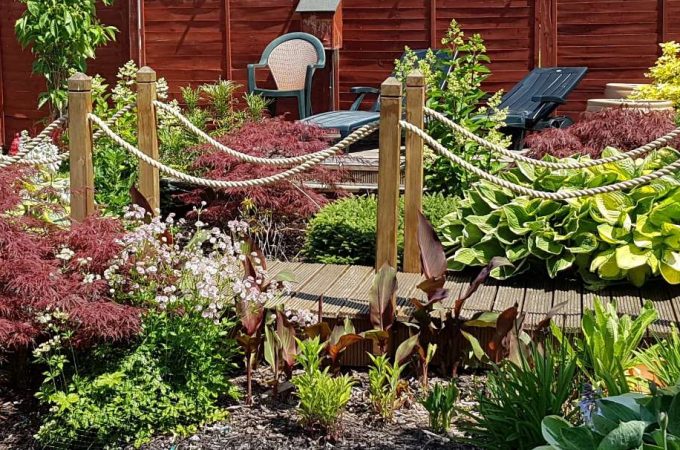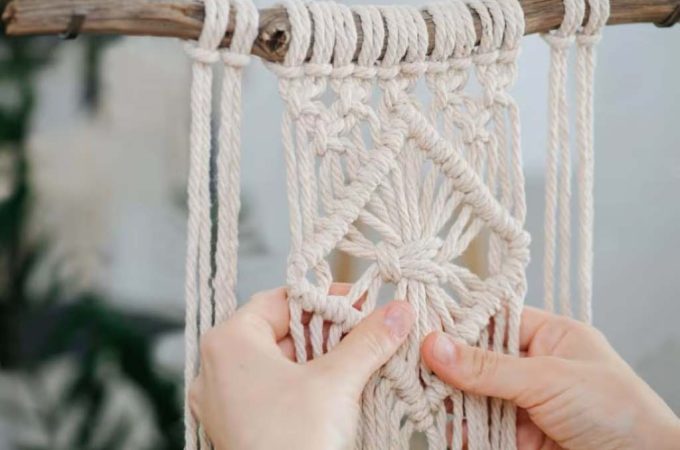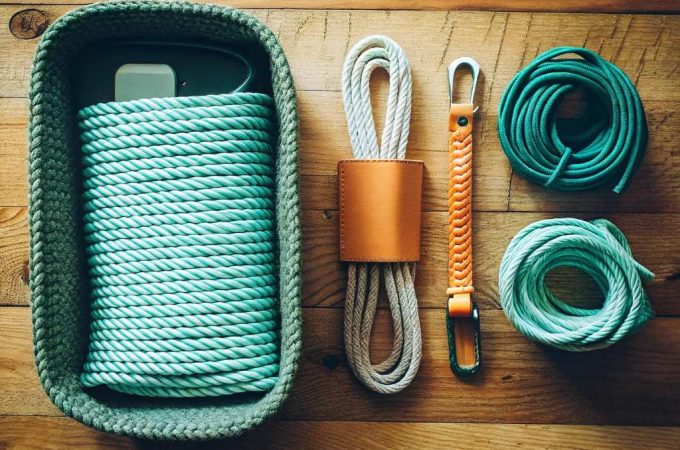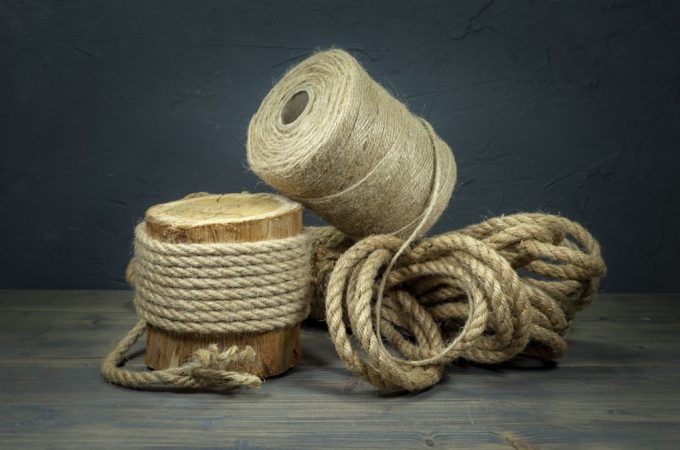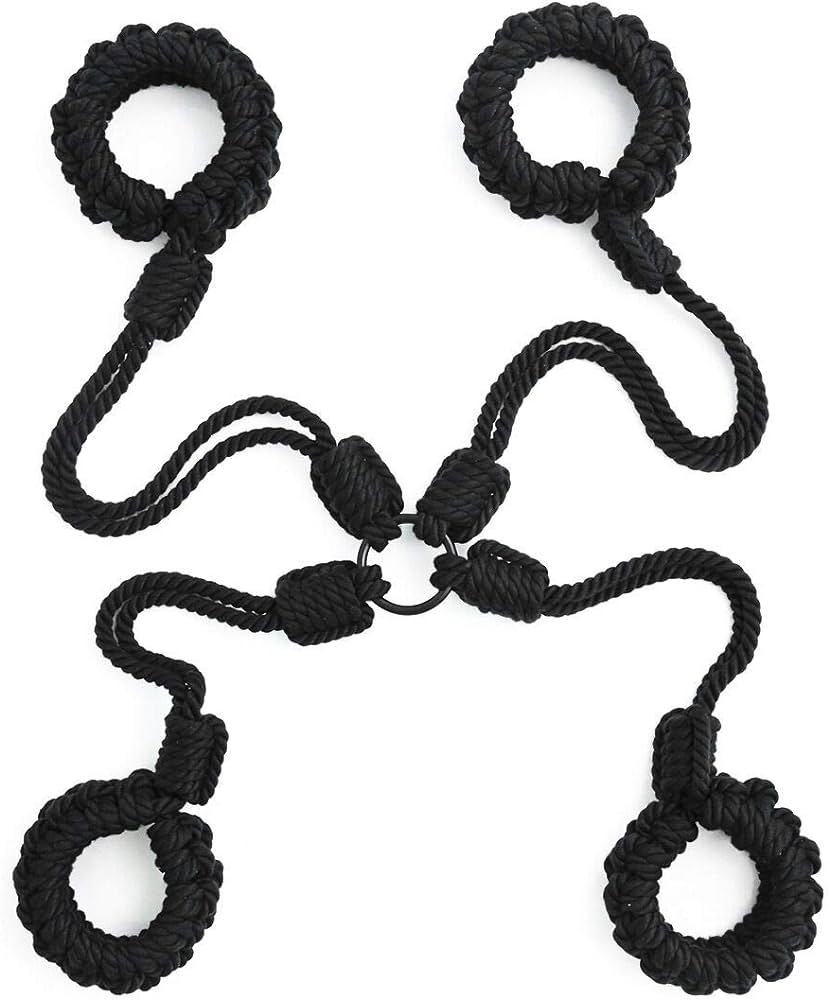
Rope Handcuffs 101: Essential Tying Techniques & Safety
Rope handcuffs are restraints made from rope used primarily in bondage activities. They require knot-tying skills to be used effectively and safely.
Contents at a Glance
ToggleExploring the world of rope handcuffs opens up a realm of both artistic expression and responsibility. Using rope as a form of restraint carries a deep cultural history, from ancient times to modern-day recreational use. As interest in BDSM and rope bondage grows, understanding the safe application of rope handcuffs becomes crucial.
It’s not only about the physical restraint but also about trust and communication between partners. For those curious about diving into this practice, gaining knowledge on rope types, knot techniques, and safety measures is essential. This ensures that the experience is both exhilarating and secure for everyone involved.
Introduction To Rope Handcuffs
Selecting the appropriate rope is crucial for creating rope handcuffs. Opt for soft, flexible materials like cotton or silk for comfort. These ropes reduce the risk of rope burn and discomfort. Ensure the rope is long enough to tie secure knots, typically around 6-8 feet.
Employ non-locking carabiners to quickly release knots if needed. Invest in quality safety shears to cut the rope in emergencies. Using these tools ensures safety and enjoyment during play.
| Accessory | Use |
|---|---|
| Non-locking Carabiners | Quick knot release |
| Safety Shears | Emergency rope cutting |

Credit: www.alamy.com
Materials And Tools
Exploring rope handcuffs begins with mastering basic knots. A Single Column Tie is ideal for beginners. It’s a versatile knot, perfect for wrist or ankle restraint. To start, create a loop around the limb. Pass the rope’s end through this loop. Pull tight to secure the column in place, ensuring comfort and safety.
The Double Column Tie is another essential skill. It works well for binding two limbs together. Lay the rope between the columns, wrap around both, and then cross the ends. Loop each end back around the columns, pulling through the gap created. This creates a firm but adjustable tie, crucial for effective handcuffs.
Basic Knots For Beginners
The art of Shibari transforms rope handcuffs into a visual masterpiece. With origins in Japan, this technique weaves beauty and restraint into one. Intricate decorative cuffs are not only about the functionality but also serve as a form of expressive adornment. Skilled practitioners create patterns that embrace the wrists with complex knots and twists.
Each Shibari design tells a unique story, often symbolizing trust and connection between partners. The artistry involved in Shibari requires patience and precision. It’s essential to learn the techniques from experts to ensure safety and comfort for all involved.
| Shibari Technique | Visual Appeal | Safety Note |
|---|---|---|
| Basic Knots | Simple Elegance | Beginner Friendly |
| Decorative Patterns | Complex Artistry | Monitor Circulation |
| Suspension Cuffs | Dramatic Display | Advanced Skill |

Credit: www.amazon.com
Advanced Rope Handcuff Techniques
Adjusting the tension of rope handcuffs is key for safety. Ensure the rope is snug but not tight. This balance prevents discomfort and potential injury.
For quick release techniques, use slip knots. Slip knots allow for easy adjustment and fast removal. Always practice these knots to ensure they can be undone quickly.
Ensuring Comfort And Security
Using rope handcuffs needs care. Too tight ties can hurt a lot. They stop blood flow and hurt the skin. Make sure they are not too tight.
Nerve damage is a big risk. It can happen with wrong ties. Always check the feeling in hands. Change the ties if there is pain or numbness.
Common Mistakes To Avoid
Monitoring for injuries after experimenting with rope handcuffs is crucial. Regularly check for any skin abrasions or loss of sensation. Should numbness or discoloration appear, seek medical advice immediately. Communication with the bound person is key to ensure their ongoing comfort and safety.
Emotional and physical aftercare are both essential. Offer a warm blanket or a soothing drink to help the individual feel safe and cared for. Engage in gentle, reassuring conversation to support their emotional recovery. Remember, aftercare is a shared responsibility that nurtures trust and respect.
Aftercare And Follow-up
Exploring the rope handcuffs community is thrilling. Workshops and classes offer hands-on learning experiences. Participants can master knot techniques and safety practices. Online resources and forums provide a space for enthusiasts to connect. They discuss trends, share advice, and offer support. Beginners and experts alike find value in these platforms.
- Local workshops enhance skills and foster connections.
- Expert instructors lead classes with care and precision.
- Forums and online groups are great for tips and guidance.
- Video tutorials make learning accessible anytime, anywhere.
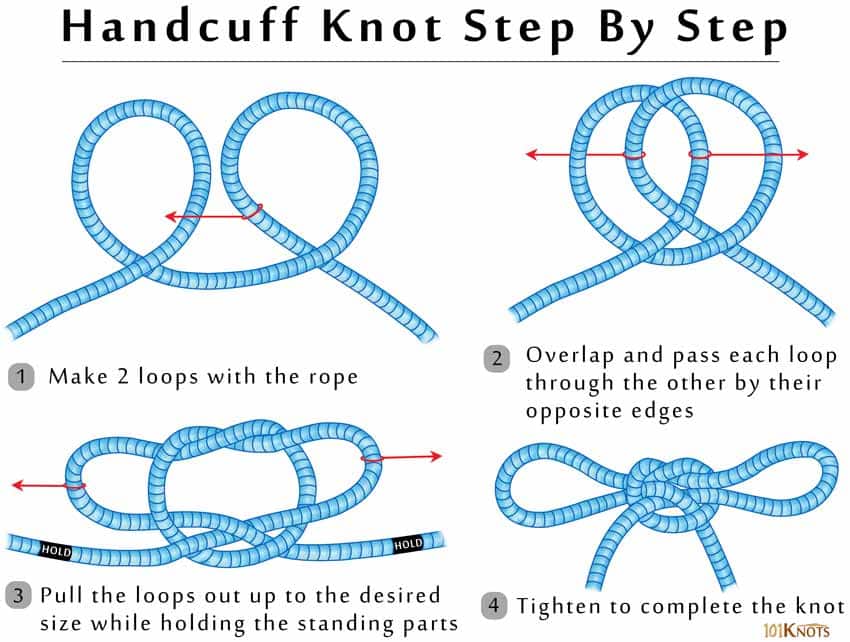
Credit: www.101knots.com
Frequently Asked Questions
How To Make Handcuffs With A Rope?
To make handcuffs with a rope, cut a 30-inch length of strong cord. Tie a basic loop at one end, slip the other end through to create a handcuff knot, and tighten securely around one wrist. Repeat the process for the other wrist, ensuring knots are snug.
What Is The Handcuff Trick?
The handcuff trick is a magic illusion where a performer escapes from locked handcuffs, often surprising the audience with speed and skill.
Can You Tie Your Own Hands Behind Your Back?
Tying your own hands behind your back is generally not possible and can be unsafe to attempt without assistance.
How Do You Tie Handcuffs Safely?
Ensure the handcuffed person’s wrists are aligned and not twisted. Gently close the cuffs until snug, checking they don’t pinch the skin. Double-lock the cuffs to prevent tightening.
Conclusion
Exploring the realm of rope handcuffs reveals a versatile tool for various applications. From adventure sports to emergency situations, their importance is undeniable. Remember, safety and proper technique are paramount. Mastering rope handcuffs can be both a practical skill and an exciting challenge.
Embrace the learning curve and unlock a new level of preparedness.

